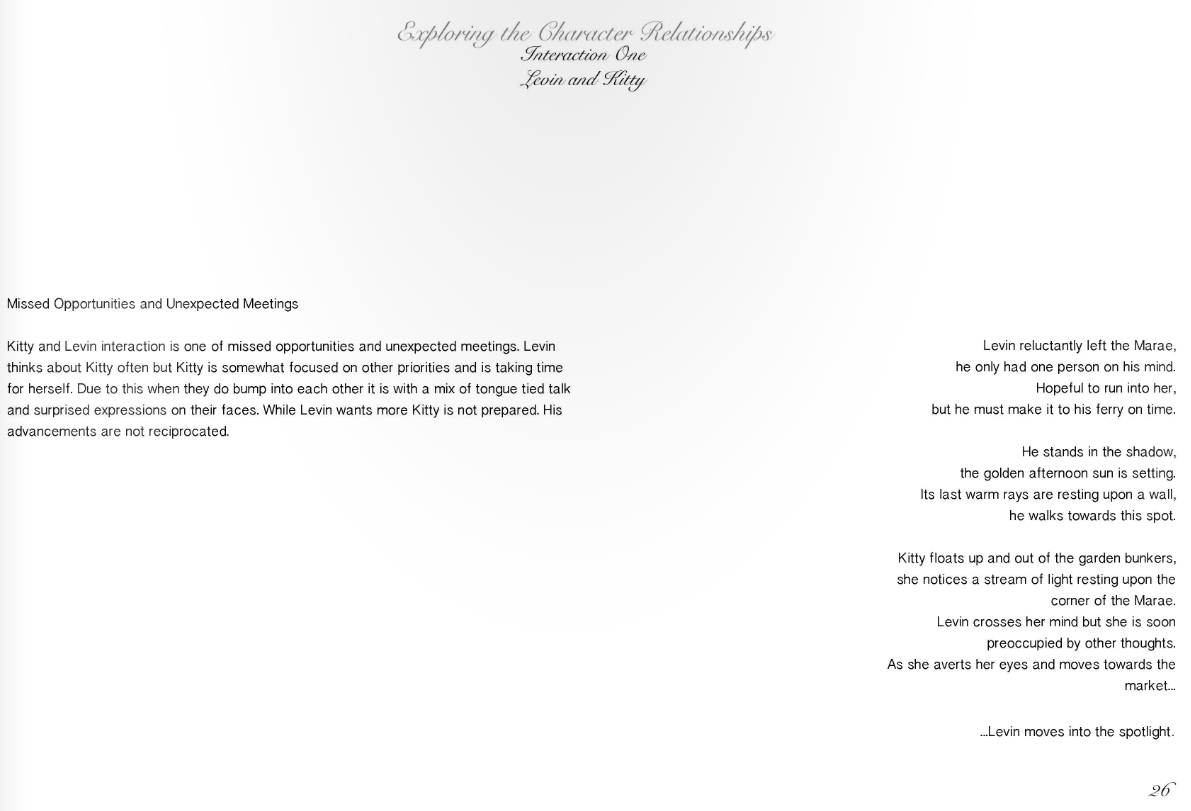Poem, screenplay, parable, graphic novel, myth or even opera: this project harnesses literary forms to conceptualise and propose architectural designs. Although the use of writing is widespread in architectural practice as a means of explanation or description – specifications, annotations, design reports, promotional websites, etc - it’s not regularly employed in conceptualisation where other representational practices such as drawing, diagramming and modelling hold sway.The following selected images are from the Books 1, 2, 3 and 4 work of Katy Turner.
One architectural practice which extensively employs narrative genres at the early stage of its projects is Cheshire Architects, headed by Pip and Nat Cheshire. NZIA president and last year’s NZIA Gold Medal recipient Pip Cheshire described to students how his practice employs writing at all stages of design, particularly at conceptualisation to unlock what he calls “the big questions” and speculate on design possibilities.
Cheshire Architects’ design process involves the production of a “book” – in itself a dynamic design object - that aims to capture the essence and opportunity of the project. "....Part client pitch, part provocation, the Cheshire book serves as a creative, sometimes playful, evocation of design promise and is presented to the client before design drawings occur....." For example, in a recent proposal for a hotel, Cheshire Architects revealed their design story as a libretto (operatic text) of acts and scenes with accompanying imagery.
In this studio students were invited to explore the research and design methods of Cheshire Architects and critically apply those methods to a design for the Downtown Shopping Centre site. Students chose narrative or other writing forms to reveal and articulate their design ideas and intentions. They were asked to produce three carefully crafted booklets in quick succession in the first six weeks of the project.
One of the booklets was a response to a challenge by Auckland Council’s Design Champion and Environmental Strategy and Policy manager Ludo Campbell-Reid, who attended the studio and outlined the Council’s vision for the site in the context of the Council’s City Centre Masterplan. (The course description describes his role: "Campbell-Reid is Auckland Council’s first ever Design Champion, accountable for eradicating outdated policies, plans and rules, promoting the urban design agenda at all levels within the council and the wider community. He advocates for a “clutter free” city, favouring the pedestrian as the economic powerhouse of the city and has championed the introduction of “shared space” in the central city..."..)
Following critiques of each booklet, students developed selected concepts into completed designs presented in a book form, integrating narrative text and other media (drawings, photos, video, audio, models, animation, etc) to articulate and promote the purposes of their design.
Click to make them bigger, and read the text to appreciate and understand the design ideas. Enjoy.....






























No comments:
Post a Comment